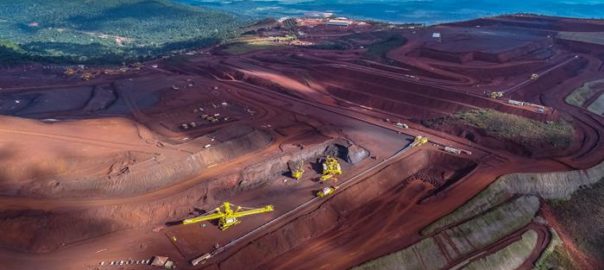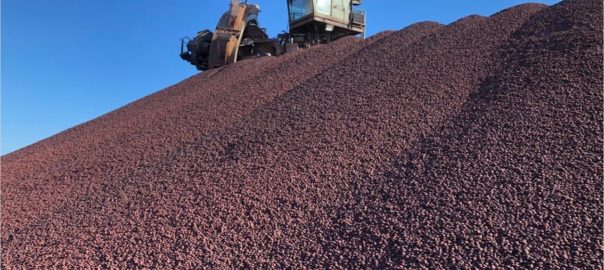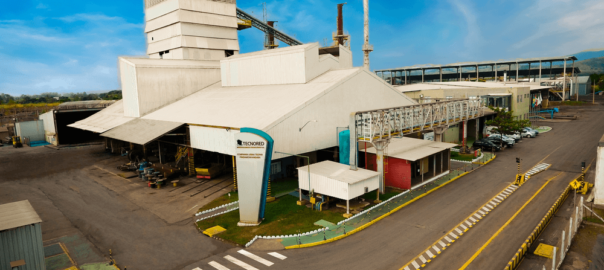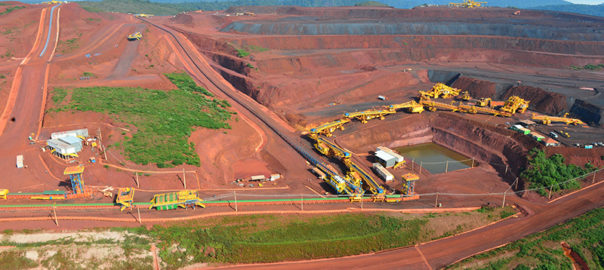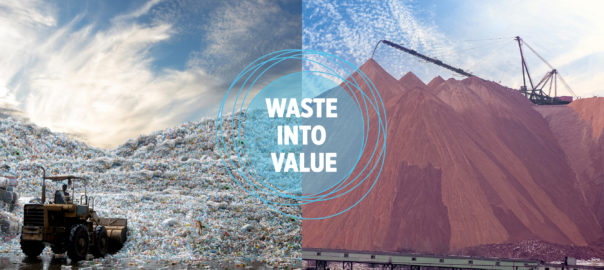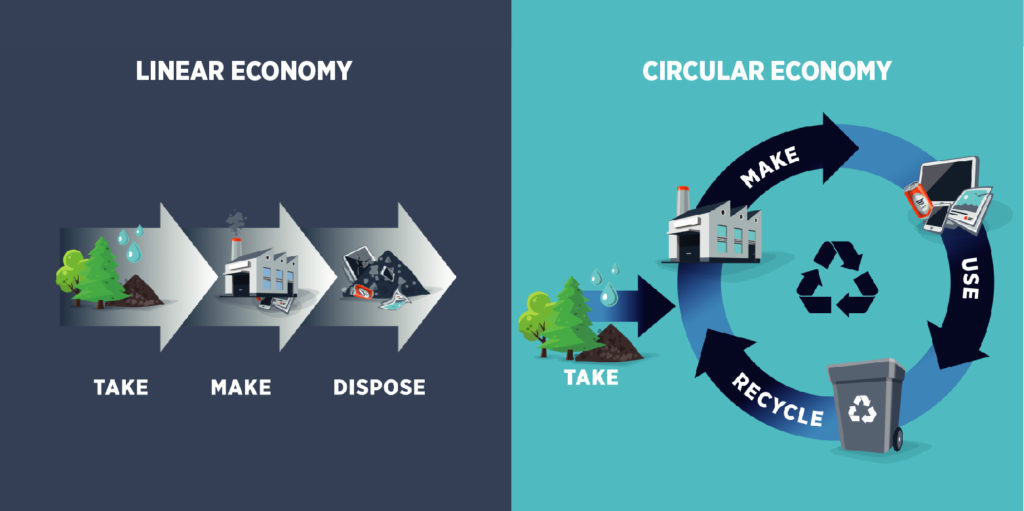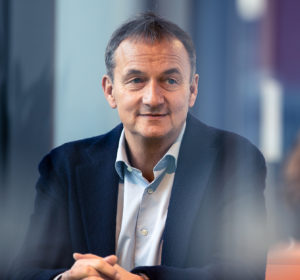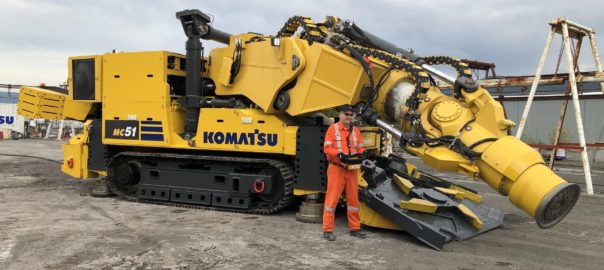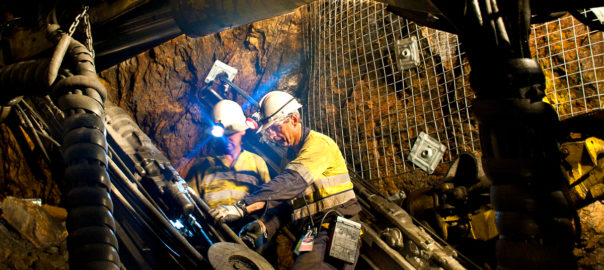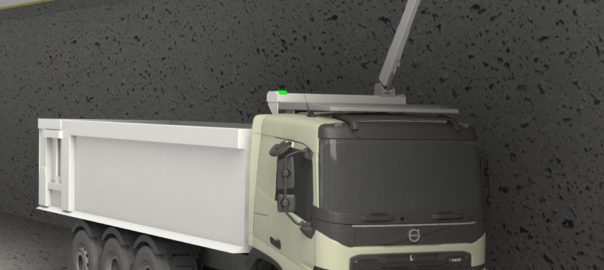Vale says it has signed a Memorandum of Understanding with China Baowu Steel Group Corporation Ltd in which both companies agreed to pursue opportunities to develop steelmaking solutions focused on reducing greenhouse gas emissions.
The MoU comprises the discussion to produce biochar and use it in blast furnaces in order to consume a carbon-neutral material based on biomass instead of fossil energy. The MoU also intends to discuss a possible investment by Vale into China Baowu’s pilot biochar plant project, with an indicative amount ranging from CNY60-70 million ($9.4-10.9 million).
This initiative contributes to achieving Vale’s commitment to reduce 15% of net Scope 3 emissions by 2035. Additionally, Vale seeks to reduce its absolute Scope 1 and 2 emissions by 33% by 2030 and achieve neutrality by 2050, in line with the Paris Agreement, leading the evolution process towards low carbon mining.







